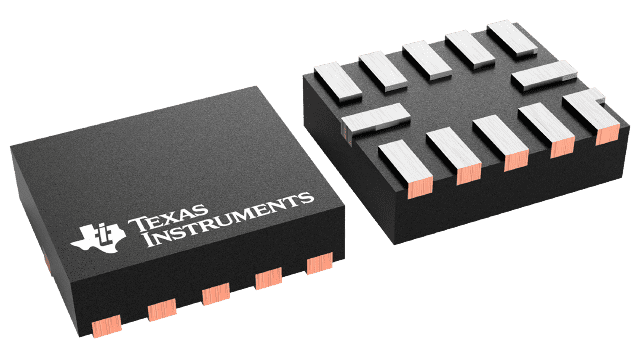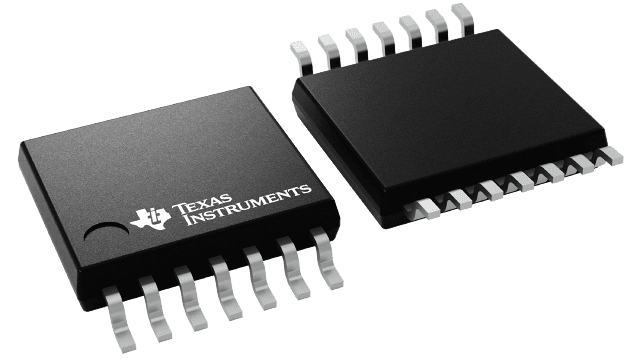| Technology Family | TXB |
| Applications | UART, SPI, JTAG, I2S |
| Bits (#) | 4 |
| High input voltage (Min) (Vih) | 0.78 |
| High input voltage (Max) (Vih) | 5.5 |
| Vout (Min) (V) | 1.2 |
| Vout (Max) (V) | 5.5 |
| IOH (Max) (mA) | -0.02 |
| IOL (Max) (mA) | 0.02 |
| Rating | Automotive |
- Qualified for Automotive Applications
- AEC-Q100 Qualified With the Following Results
- Device Temperature Grade 1: –40°C to +125°C
Ambient Operating Temperature Range
- Device Temperature Grade 1: –40°C to +125°C
- 1.2 V to 3.6 V on A Port and 1.65 V to 5.5 V on B Port
(VCCA≤ VCCB) - VCC Isolation Feature – If Either VCC
Input is at GND, All Outputs are in the High-Impedance State - OE Input Circuit Referenced to VCCA
- Ioff Supports Partial-Power-Down Mode Operation
- Latch-Up Performance Exceeds 100 mA Per JESD 78, Class II
- ESD Protection Exceeds JESD 22
- A port
- ±2500-V Human-Body Model (A114-B)
- ±1000-V Charged-Device Model (C101)
- B port
- ±15000-V Human-Body Model (A114-B)
- ±1000-V Charged-Device Model (C101)
- A port
Voltage-level translators address the challenges posed by simultaneous use of different supply-voltage levels on the same circuit board. This 4-bit non-inverting translator uses two separate configurable power-supply rails. The A port is designed to track VCCA. VCCA accepts any supply voltage from 1.2 V to 3.6 V. The B port is designed to track VCCB. VCCB accepts any supply voltage from 1.65 V to 5.5 V. This allows for universal low-voltage bidirectional translation between any of the 1.2-V, 1.5-V, 1.8-V, 2.5-V, 3.3-V, and 5-V voltage nodes. VCCA should not exceed VCCB.
When the output-enable (OE) input is low, all outputs are placed in the high-impedance state. To ensure the high-impedance state during power up or power down, OE should be tied to GND through a pulldown resistor; the minimum value of the resistor is determined by the current-sourcing capability of the driver.
The TXB0104 is designed so that the OE input circuit is supplied by VCCA.
This device is fully specified for partial-power-down applications using Ioff. The Ioff circuitry disables the outputs, preventing damaging current backflow through the device when it is powered down.





